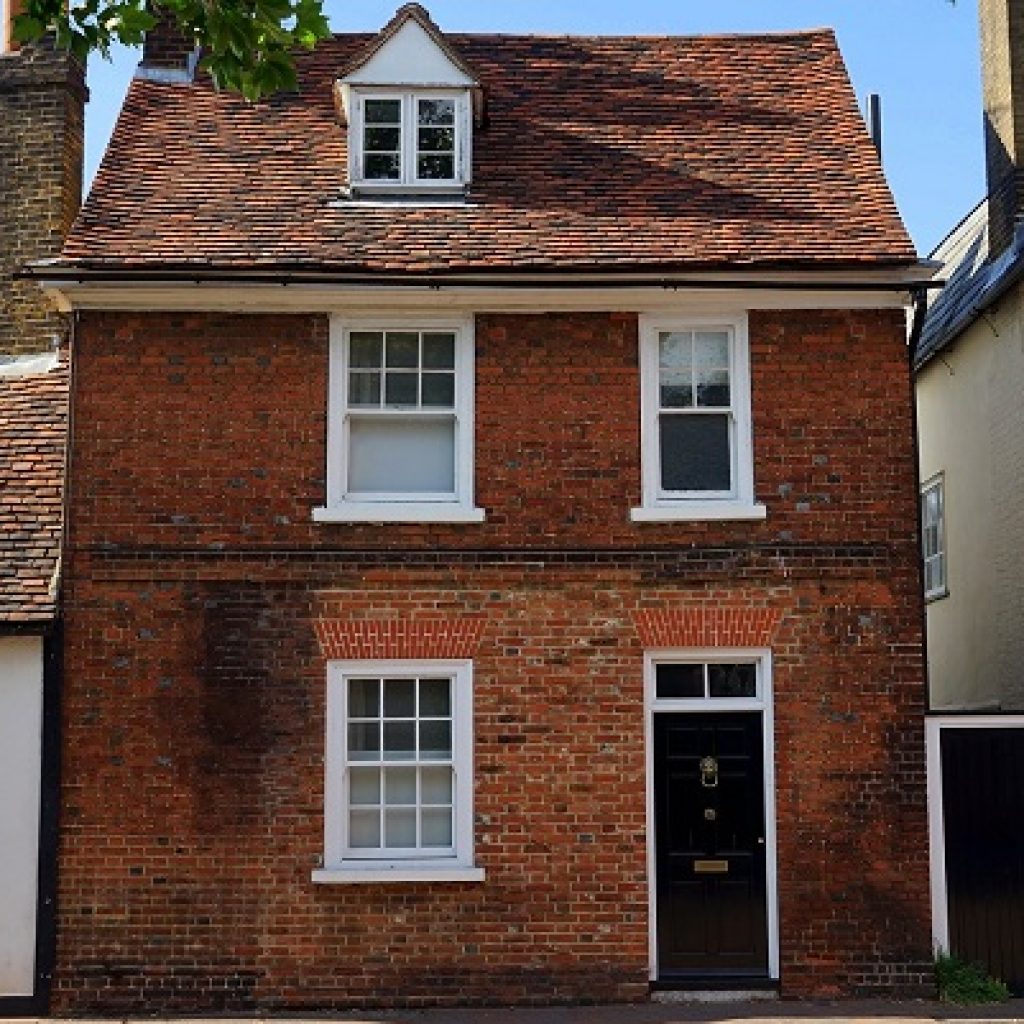Recent research has indicated that April saw an increase in first-time buyer market activity but a drop in buy-to-let valuations.
The data from Connells Survey & Valuation indicated that valuations by first-time buyers increased, making up 34% of market activity. This is a jump of 2% since March, where first-time buyer valuations were equivalent to just under third (32%) of market activity.
Commenting on the figures was John Bagshaw. The corporate services director of Connells Survey & Valuation highlighted that activity from first-time buyers has helped to keep the market buoyant during April.
“First-time buyer activity has sustained the market, as buy-to-let borrowing has declined. It’s encouraging to see first-time buyer valuations pick up again in spring. First-time buyers have been responsible for more than 30% of valuation activity for over 12 months, as more aspiring homeowners get their first foot on the ladder. It remains incredibly difficult to save for a deposit, but the lower cost of borrowing, combined with less competition from landlords, has meant more first-time buyers have been able to purchase a home.”
Contrasting to first-time buyer activity, buy-to-let valuations saw a fall during April, dropping to a 7% proportion of total market activity. This fall corresponded with the introduction of reduced mortgage tax relief for landlords, which came into force on 6 April.
In comparison to April’s five-year valuation average, the proportion for April 2017 is 6 percentage points lower. Even compared to April 2016 – when the stamp duty increase on second homes was introduced – the buy-to-let valuation activity is lower this year.
Mr Bagshaw commented on this drop in buy-to-let valuations, stating that the gradual fall in mortgage tax relief for landlords could be affecting the small investors more than expected. “The Government’s anti-landlord policies have been hitting smaller players. Over the last year, buy-to-let valuations have made up less than 10% of market activity, representing a new low in April.
“This could suggest that smaller, private landlords, who typically use buy-to-let mortgages, have not been investing on the same scale as previously seen. Buy-to-let used to be seen as a viable way to gain additional income or to fund retirements, but the gradual removal of buy-to-let mortgage tax relief will make it much harder for the man on the street to invest.
“Having said that, buy-to-let valuations only fell 1% month-on-month and so the comparison with the five-year average doesn’t always tell the whole story.”
Although valuations of buy-to-let property have seen a proportional fall, remortgaging in the sector was recorded as being 4% above April’s five-year average.
As a proportion of market valuations, buy-to-let remortgaging has risen to 11%. It is, therefore, equivalent to a larger segment of valuations than buy-to-let purchasing.
Reflecting on this increase, Mr Bagshaw mentioned that landlords had sought to benefit from the wider range of remortgage rates on the market.
“With bigger tax bills, landlords will start to feel the squeeze. To offset some of the rising costs, landlords have been taking advantage of the lower remortgage rates on offer. As buy-to-let tax relief gradually disappears, remortgaging looks set to be an increasingly popular option with landlords as a way of retaining profitability.”




















